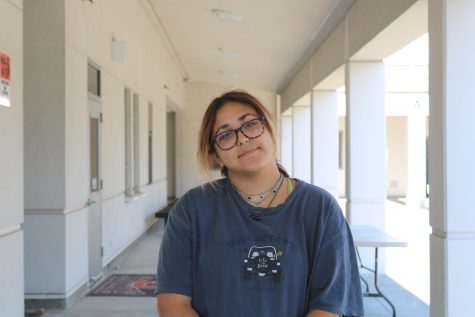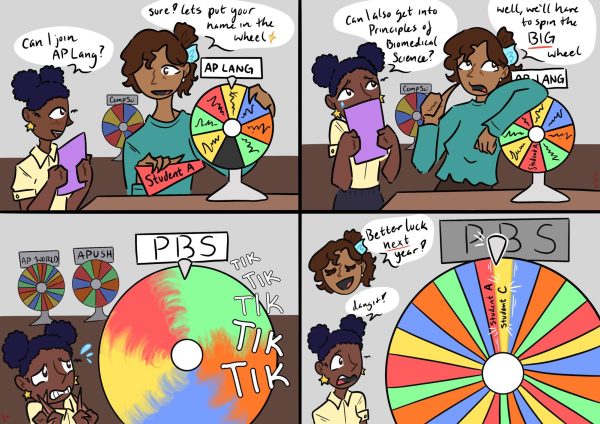Is Biden’s student loan plan really a good idea?
Yes
As the cost of attending a four year institution continues to rise, it becomes increasingly difficult for middle-class families of high school students to help fund their children’s college tuition.
While taking out loans may be seen as a solution to the high costs of tuition, on average it takes 20 years to pay back their loans, with some taking even longer according to bankrate.com
To tackle this issue, President Joe Biden signed an executive order to provide forgiveness on up to $20,000 in student loans.
A study by CollegeBoard and the U.S Department of Education shows that even after taking inflation into account, the average tuition for a four year college in America has tripled since 1980 from $10,231 to $28,775, while the median income has barely doubled, according to Forbes.
These increasing costs make a higher education less affordable to many people. Additionally, the Pell Grant, a federal grant that is the main source of government funded aid in America, had no significant increase in the maximum value of money that can be granted to a student. Pell grants now barely make a dent in the debt of most students according to a white house fact sheet.
The average American will graduate with $25,000 in student loan debt, according to the Association of Public Land Grant Universities.
Biden’s loan forgiveness will give new college graduates a head start to their future while also helping Americans who have been out of college for 10-plus years, who may still be paying off their loans.
This can fix the rise in students who are forced to drop out because of the high costs of college or will be stuck in debt for a degree they were never able to earn. Of the 5.3 percent of Americans who drop out of college, a majority of them do so because they can not afford to continue attending, according to an analysis done by the U.S Department of Education.
Biden’s plan can solve this by providing many low-income college students with enough financial relief to continue their education, and as a whole makes a four-year degree more accessible to America’s youth.
It has also been proven that student debt disproportionately affects students of color, specifically Black Americans. The average Black American still needs to pay back 95 percent of their student debt 20 years after they graduate, according to a White House fact sheet.
This program will allow for Black Americans to have more equal opportunities in a country that has been systematically working against them.
The plan focuses on more than just relieving loans. It also works to make monthly loan payments more manageable for middle class Americans. The plan sets a maximum amount for how much each monthly payment can be, at 5 percent of the borrower’s discretionary income, which is the annual income after income taxes. This portion of the plan benefits not only people who are currently paying back loans, but people who plan to take out student loans in the future, and can lower annual loan payments by $1000 on average.
Smaller monthly payments are a better way to ensure that people will not miss the payments they owe. Missing payments can harm one’s credit score, which can make it hard for them to make important purchases, as well as leading to higher interest rates and fewer future loan options.
Biden’s plan to ease student debt is a monumental step forward in making four-year education more accessible to lower and middle income families in America, and provides hope that one day, student loans will not be such a pressing issue.

Senior Rebbeca Haghnegahdar is a staff writer for The Californian and is in her first year at Cal, and she joined the newspaper after being involved in...

